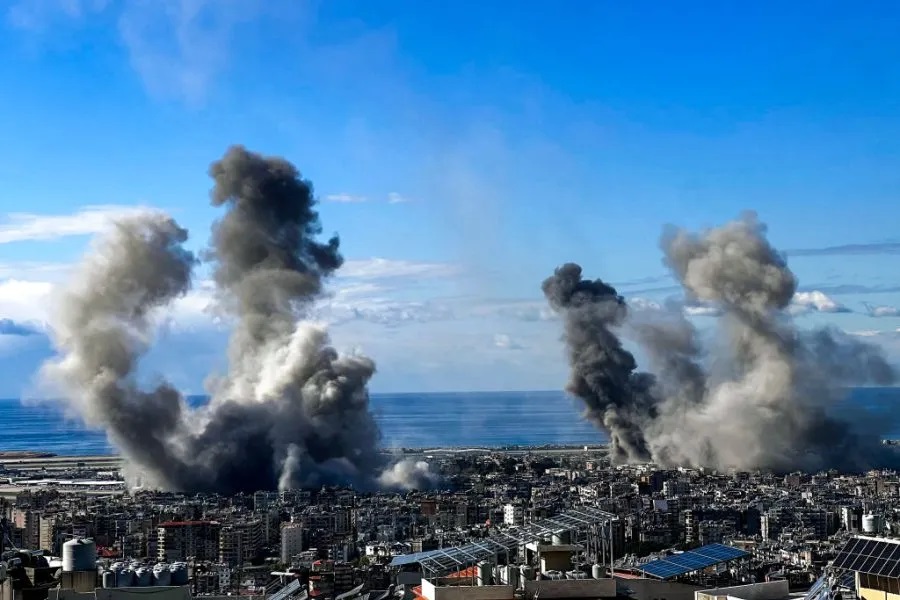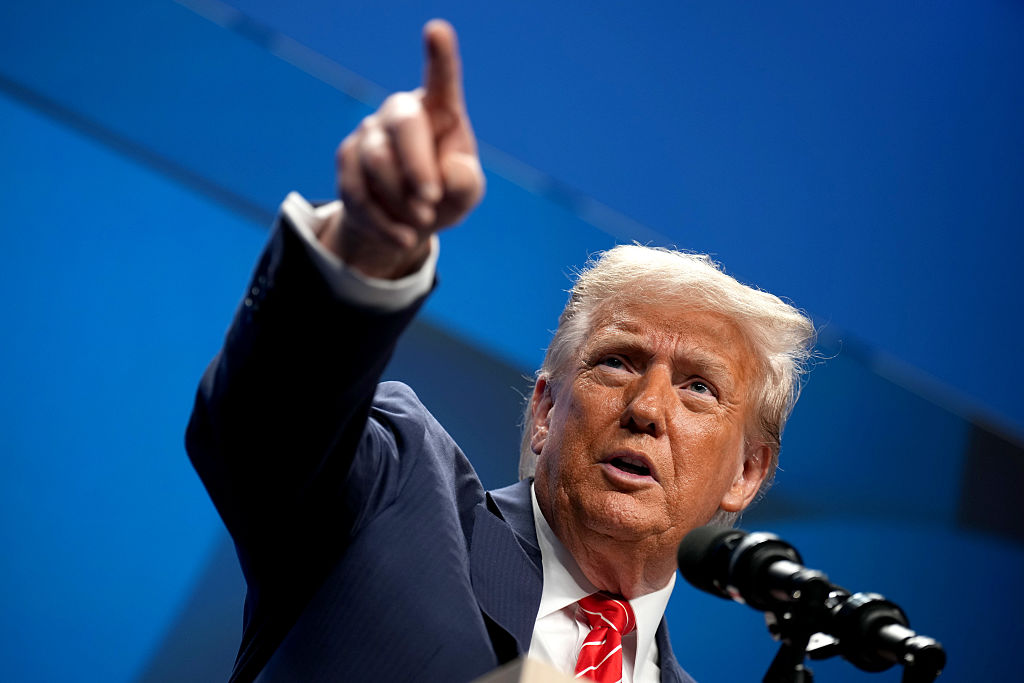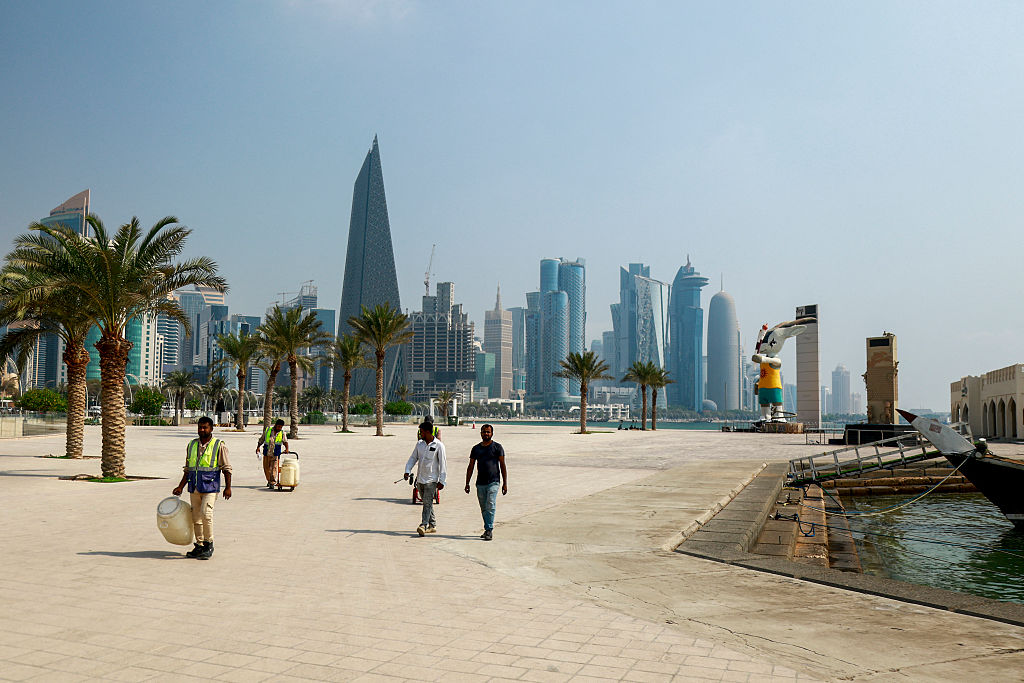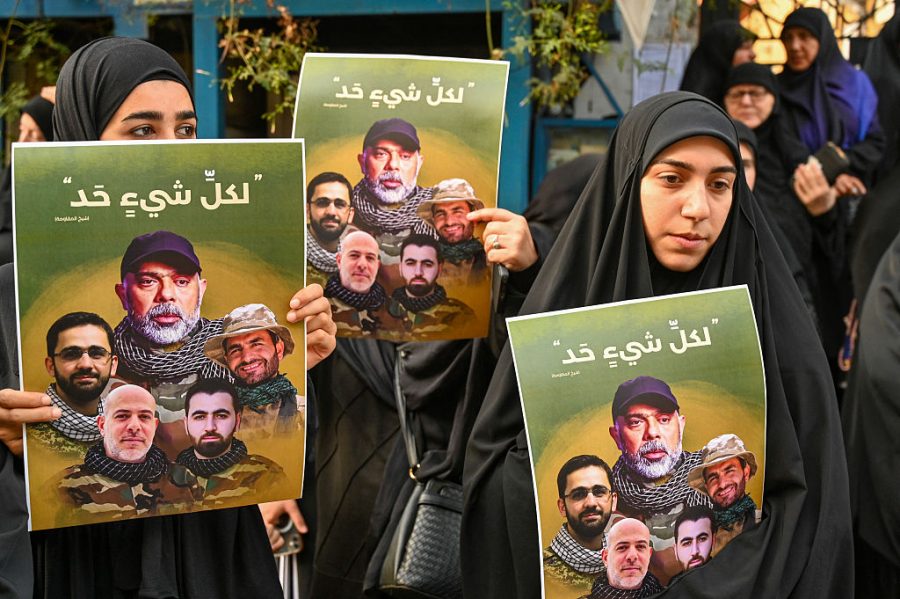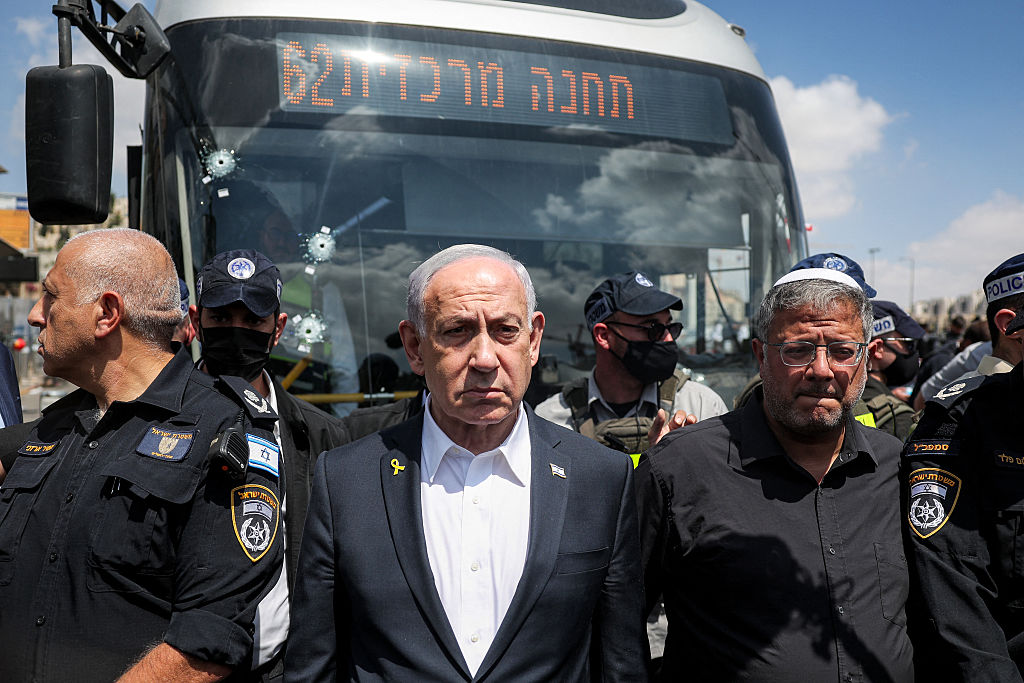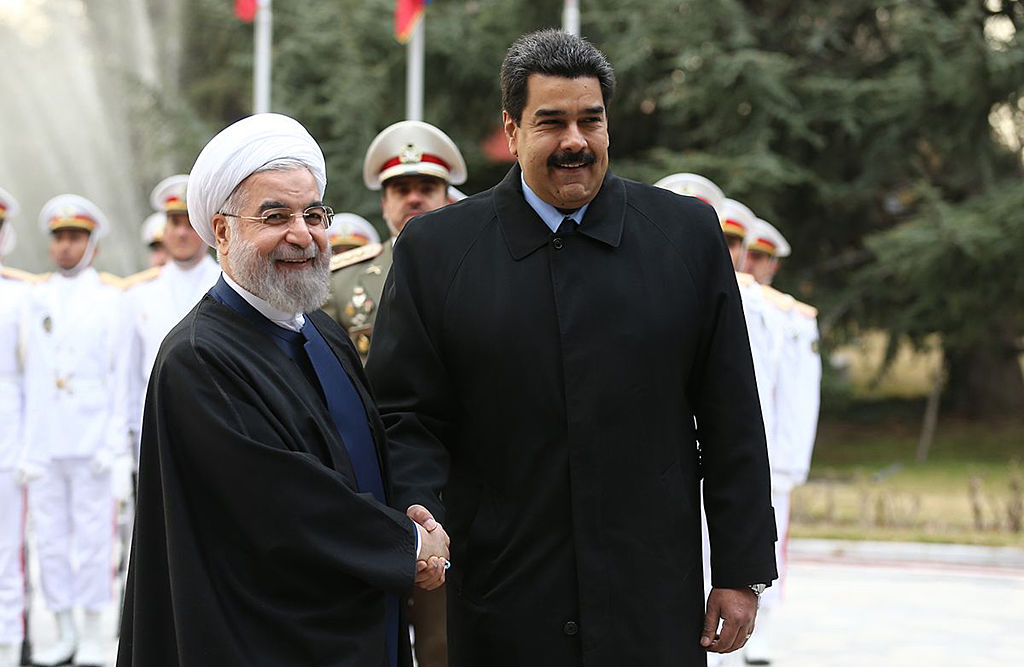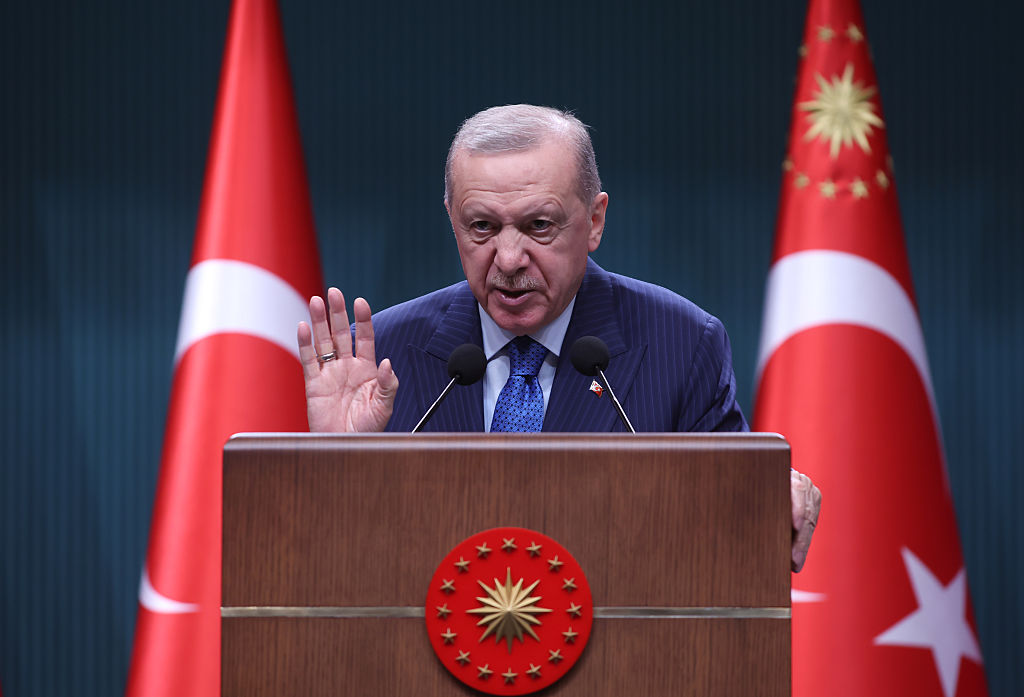Nothing is yet confirmed, but it appears that a ceasefire between Israel and Lebanese Hezbollah is imminent. The fighting, which began on October 8 last year, has claimed thousands of lives and left the Israel-Lebanon border area decimated on both sides. But there is anger that Israel is rushing into an agreement that will not keep those who live near to the Lebanese border safe.
Community leaders in Israel’s north have reacted with anger to the announcement of the proposed cessation in hostilities. They noted that while Hezbollah’s infrastructure along the border has been extensively damaged, the movement itself has not been destroyed. The proposed agreement also does not include a buffer zone. What this means, according to Eitan Ben Davidi, chairman of Moshav Margaliot farming community in the border area, is that residents of Israel’s north are set to “return to having Hezbollah as neighbors.”
Hezbollah’s reconstruction process will begin from a substantially lower point than last time around
On the other hand, supporters of Hezbollah also appear unenthusiastic about the emergent ceasefire. The Lebanese Shia Islamist movement entered the fight against Israel a day after the Hamas massacres that launched the current war. Their rationale was clear and simple: to maintain a “support front,” for as long as the fighting in Gaza continued.
As the now deceased Hezbollah leader Hassan Nasrallah expressed it in a broadcast at the time:
We say to the enemy’s government, to the enemy’s army and to the enemy’s society, the Lebanon front will not stop until the aggression on Gaza stops. The resistance in Lebanon will not stop standing by the people of Gaza.
Nasrallah, of course, is no longer available to decide on this, or on anything else. But it appears that his organization and its Iranian patrons have elected to abandon this commitment, and the course of action it would necessitate. The fighting in Gaza, after all, is far from over, and shows no signs of wrapping up any time soon. Israel’s slow grinding of Hamas to powder is proceeding apace.
Something to dislike for everyone, then, in the apparently emergent ceasefire agreement. But substantively, what do we know about the agreement? And if what we know is accurate, and the ceasefire is indeed signed, what is it likely to imply for the next period of this conflict?
According to Israeli media reports, the agreement stipulates a sixty day period, in which the Israeli Defense Forces will begin to withdraw from its currently held positions in southern Lebanon. Troops of the Lebanese Armed Forces (LAF), i.e. the official Lebanese army, will deploy south of the Litani, to supervise the destruction of Hezbollah’s remaining infrastructure and supposedly to prevent the group’s return.
The United Nations interim force in Lebanon (UNIFIL) observer force will also recommence its deployment in the area. So far, what this sounds like is the restoration of the status quo ante bellum, and Eitan Ben-Davidi’s frustrations appear entirely in place. Two new elements, however, are set to be included, in order to tighten the implementation of UNSC Resolution 1701, the basis for arrangements in the area.
The first of these is a US-led enforcement committee, which will oversee the process outlined above. The second is a letter from the US to Israel endorsing Jerusalem’s right to take action against rocket and missile launches, and to interdict efforts to supply Hezbollah from Syria.
Are these elements likely to make a decisive difference in the months ahead? First of all, it can be said with near certainty that the LAF and UNIFIL will not succeed in preventing Hezballah’s re-establishment along the border. On this matter, I speak from some experience. In late 2007, I traveled to south Lebanon, to observe the process in which Hezbollah was re-establishing itself south of the Litani, despite the beefed up presence of the LAF and UNIFIL stipulated by 1701. I also wanted to have another look at the places where I had taken part in combat in the war of 2006, a year earlier.
By December, 2007, Hezbollah’s civilian presence and grip on the communities south of the Litani was already visible. One glimpsed it in the signs familiar to anyone that knows the area: in the lone men on motorcycles deployed and observing in the villages, in the cars without license plates and with blacked out windows on the roads, speeding along the highways, signifying the group’s half-seen presence.
Later, speaking to contacts back in Beirut, I learned that the military infrastructure was already being rebuilt, woven tighter into civilian buildings and houses than before. Hezbollah’s grip was firmly reimposed as soon as the fighting ended. The huge program of rearmament that followed took place within this structure of control.
This structure emerged untroubled by the attentions of either the LAF or of course, the hapless UN forces. There is absolutely nothing in the provisions so far made available regarding the current ceasefire to prevent this from happening again.
To be sure, Hezbollah is vastly more damaged now than was the case after the 2006 war. Its entire top leadership cadre has been wiped out through targeted assassinations. The second rank has been decimated by the pager explosions and Israel’s ground campaign in the south. The reconstruction process will be beginning from a substantially lower point than last time around.
Yet the strategic situation remains essentially unchanged. Lebanon is still host to an Iran-implanted deep state that is much stronger than the official bodies of state. This Iran controlled structure does not require the permission of the official state for its actions and did not seek this consent before it launched its ruinous campaign on October 8 last year. The LAF, heavily infiltrated by officers and soldiers with links to Hezbollah, is not going to prevent it re-emerging and rearming.
What this implies, substantively, is that once the guns fall silent, if the ceasefire is indeed declared, a slow process of civilian return on both sides of the border is likely to take place. Hezbollah’s reimposition of its grip will happen straight away, and the process of reconstruction of its capabilities will also commence. As was the case with Israel’s “war between the wars” before October last year, sporadic Israeli efforts to interfere with this process are likely. But as is now clear from that earlier phase, these efforts are unlikely to make a major dent.
To put it plainly, this means that Eitan Ben Davidi and his fellow residents of Israel’s north are indeed set once again to have Hezbollah as their neighbors, though the organization will be a weakened, chastened version of its former self — at least for a while. This in turn means that a further round of fighting, sooner or later, is a near inevitability. Hezbollah are the owners of Lebanon. Iran is the owner of Hezbollah. The final uprooting of this organization is unlikely to take place without this salient reality being taken into account.



